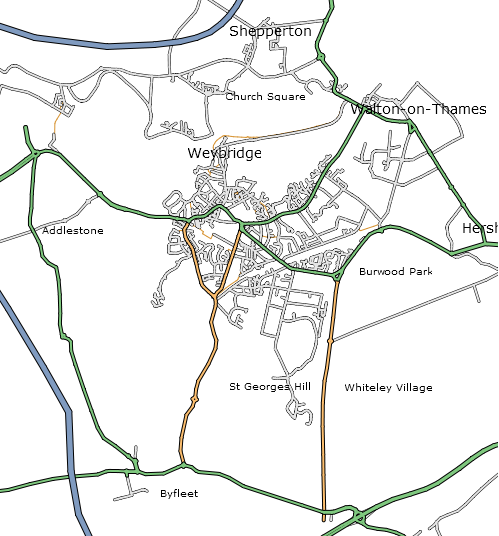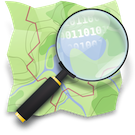When I first got involved with OpenStreetMap, my aspiration was to make free maps to enable something like Wayfaring or Platial to be built. Even though those sites and many others are storming ahead without us and creating great services on top of Google’s Maps API, I still think it’s important for them to be able to access and build upon free geodata and avoid lock-in with commercial vendors. This is especially important for sites like Placeopedia that use Google Maps to geo-code things, because as Mikel Maron and Richard Fairhurst have pointed out (see the comments) it’s entirely possible that the map owners could claim ownership of the geodata they are creating.
With all that in mind, I took a look at what could be done to make it as easy as possible to switch mapping providers. In the short term, this would mean making it easy to flip between Google Maps, Yahoo Maps and Microsoft Virtual Earth in response to changes to T&Cs, introduction of ads, addition of better data etc. In the long term, a common javascript mapping API would mean that free offerings such as OpenStreetMap or Worldkit could quickly be adapted as drop-in replacements for commercial providers. I’ve been collecting my thoughts on this at Mapstraction.com/wiki based on discussions with Steve and Mikel, and there’s an illustration of how it might work here.
I’m not the only one thinking along these lines, of course. The Open Source Geospatial Foundation has a cross-project mailing list for people interested in similar issues, and numerous hacks and comparisons abound as people work out how similar but different the various mapping platforms are. Hackers everywhere have been murmuring about their dependence on Google for some time, and maps aren’t the first area where Google’s initial offering invites obvious commoditisation.
Looking at the common features of the mapping APIs, it’s clear that the bar is currently set quite low: it’s scrolling tile-based maps with map markers, folks. With tongue in cheek, Schuyler Erle refers to this as “red dot fever” (more context here, though I don’t know if that’s Schuyler’s writing or a like-minded collaborator). Numerous open source equivalents have emerged, but none has taken hold to my knowledge. This cements the general feeling among the responses to Tim O’Reilly’s open question about Google’s Mapping API dominance: Google Maps is actually very good, it was first to market, its maps look nicest, its terms and conditions are reasonable and as a developer it’s pretty easy to work with. It’s clear to us that OpenStreetMap has a lot of catching up to do, but it’s also become clear to me that Yahoo and Microsoft do too. I’m watching this space.


